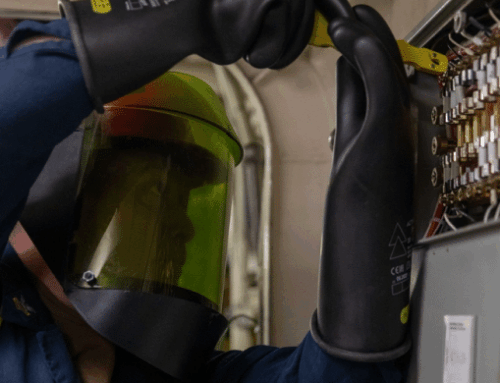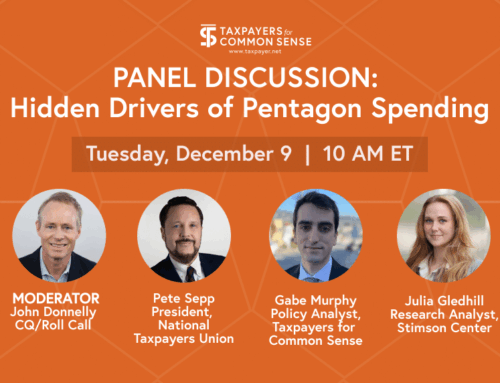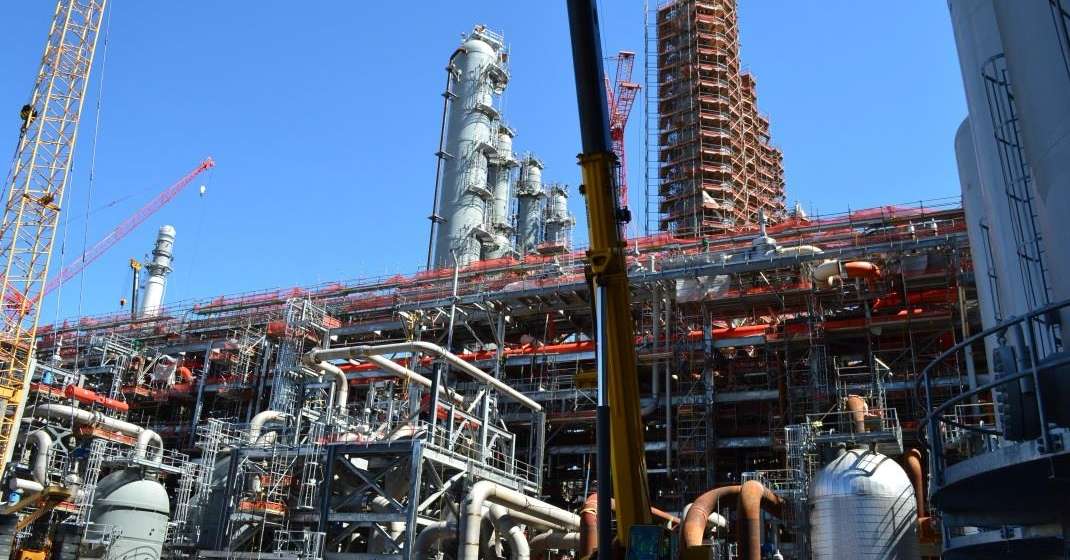While many of us celebrate Valentine's Day by dining at our favorite restaurant with that one special person, NASA will be attempting to land a spacecraft on an asteroid the size of Manhattan.
The probe has been orbiting the asteroid Eros since Valentine's Day last year and is running out of fuel. Scientists say that, despite the fact that the craft only has a 1% chance of successfully landing, the attempt will provide a dramatic conclusion for the year-long mission to study the asteroid.
The probe is part of NASA's ongoing program to research and prepare for a possible collision between the Earth and asteroids, comets, or other small bodies with orbits that regularly bring them close to our planet.
The Eros landing aside, NASA may be getting ahead of itself. The $224 million mission raises serious questions about how the federal government spends money to protect the earth from the unlikely event of an asteroid collision. Some argue that money would be better spent identifying if an actual threat even exists.
Of the nearly 2,000 asteroids of the class that scientists believe could strike Earth, we have only discovered and begun charting the direction of about 400. The scientists have learned that none of them are currently targeted for Earth. But any one of the other 1,600 asteroids out there could strike at any time and we wouldn't even know it.
The federal government throws money at attempts to study and land a spacecraft on the face of an asteroid, while efforts to survey the paths of asteroids are woefully under-funded. An effort to survey asteroids over the next 15 years, called the Safeguard Survey, would cost about $60 million, a quarter of the cost of NASA's recent Eros adventure.
So why is NASA spending over a $1 billion on future missions to study large asteroids like Eros?
While Hollywood thinks it makes for a good plot, it doesn't seem likely that Eros or any other major asteroid will come close to striking Earth. Eros has a one in a million chance of colliding with the planet in the next century, according to scientists.
That's good news since some scientists believe that there is little that could be done if such a large object were on a collision course with our planet.
NASA's current funding priorities put the proverbial cart before the horse. Congress should prioritize efforts to survey unknown asteroids over billion-dollar efforts to study and land on larger, known asteroids.










